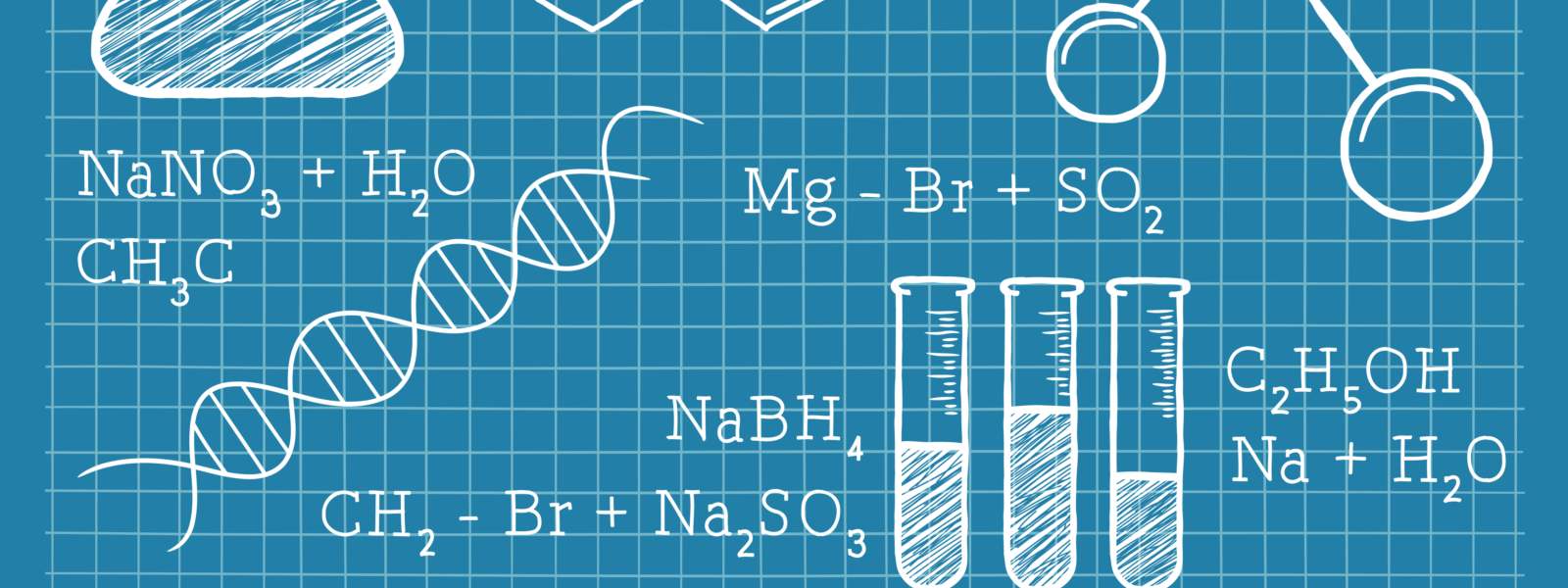An introduction to organic chemistry in a nutshell
Carbon can produce a dizzying number of forms by forming covalent connections with itself and other atoms. We will study the processes that chemists use to manufacture wacky carbon-based structures, as well as the analytical tools used to describe them, in organic chemistry.
With reaction mechanisms, we’ll think about how those reactions happen on a molecular level. To put it another way, organic chemistry is like playing with molecular Legos.
The major name reactions in class 12 chemistry are crucial to know for the tests, and the list below contains all of the important Reactions in Organic Chemistry Class 12 that you may use to study.
1. Gattermann Reaction: When the benzene diazonium salt solution is created with a comparable halogen acid to that found in copper powder, bromine and chlorine are present in the benzene ring. The Gattermann Reaction is the name for this phenomenon.
2. Swarts Reaction: Alkyl fluorides are generated when an alkyl chloride is heated in the presence of a metallic fluoride such as AgF, Hg2 F2, CoF2, or SbF3.
3. Hinsberg’s Test: Sulphonamides are formed when benzenesulfonyl chloride C₆H₅SO₂Cl reacts with primary and secondary amines.
- N-ethyl benzene-sulfonyl amide is formed when benzene-sulfonyl chloride reacts with the main amine. Because of the presence of the strong electron-withdrawing sulfonyl group, the hydrogen linked to the nitrogen in sulphonamide is extremely acidic. As a result, it is alkali-soluble.
- The N, N-diethylbenzenesulfonamide is produced in the reaction with the secondary amine. Because there is no hydrogen atom linked to the nitrogen atom, the N, N- diethyl benzene sulphonamide is not acidic and so insoluble in alkali.
The benzene-sulfonyl chloride does not react well with tertiary amines.
4. Wurtz Reaction: When alkyl halides react with sodium in dry ether, hydrocarbons are produced with twice as many carbon atoms as the halide. The Wurtz Reaction is what it’s called.
5. Gabriel Phthalimide Synthesis: When the phthalimide generated with ethanolic potassium hydroxide is heated with an alkyl halide followed by alkaline hydrolysis to make the matching primary amine, it tends to produce a potassium salt of the phthalimide.
6. Hoffmann Bromamide Degradation Reaction: When an amide reacts with bromine in an aqueous sodium hydroxide solution, we get primary amines. The migration of an alkyl or aryl group from the amide’s carbonyl carbon to the nitrogen atom occurs. The amine that is formed has one less carbon than the amide.
7. The Aldol condensation process between two separate aldehydes and ketones is known as cross aldol condensation. If both of the -hydrogen atoms are present, it produces a combination of four distinct compounds.
8. The Friedel-Crafts alkylation reaction produces alkylbenzene by reacting benzene with an alkyl halide in the presence of anhydrous aluminium chloride.
9. Friedel-Crafts Acylation Reaction: When an acyl halide reacts with benzene in the presence of Lewis acids, we produce acyl benzene.
10. Aldol Reaction: In the presence of a dilute alkali as a catalyst, both aldehydes and ketones with one -hydrogen tend to undergo a reaction, generating either β-hydroxy aldehydes or β-hydroxy ketones.
11. Aldol Condensation: When aldol and ketol lose water, they produce, α,β-unsaturated carbonyl molecules called aldol condensation products.
12. Aldol condensation between two separate aldehydes and ketones is known as cross aldol condensation. If both of the products include the α-hydrogen atoms, a combination of four distinct compounds results.
13. 11. Reimer-Tiemann Reaction: When we create phenol with chloroform in the presence of sodium hydroxide, we get salicylaldehyde because the -CHO group is present in the ortho position of the benzene ring.
14. 24. Cannizzaro Process: When aldehydes without the -hydrogen atom are synthesised with a strong alkali, they undergo a self-oxidation and reduction reaction.
15. Kolbe Electrolysis: In the Kolbe electrolysis, an aqueous solution of the carboxylic acid’s sodium or potassium salt produces an alkane with an even number of carbon atoms after electrolysis.
16. Kolbe’s Reaction: Phenol reacts with sodium hydroxide to form sodium phenoxide, which subsequently reacts with carbon dioxide in an acidic environment to form hydroxybenzoic acid.
17. Rosenmund Reduction: A Rosenmund catalyst, which is either palladium or barium sulphate, is used to hydrogenate an acyl chloride to an aldehyde in the presence of a catalyst.
18. Stephen Reaction: In the presence of hydrochloric acid, nitriles and stannous chloride are reduced to the corresponding imine, which is then hydrolyzed to generate the corresponding aldehyde.
19. Balz-Schiemann (Balz-Schiemann) When arene-diazonium chloride is mixed with fluoroboric acid, the arene diazonium fluoroborate precipitates and decomposes, resulting in aryl fluoride.
20. The Sandmeyer reaction is a chemical process that is used to make aryl halides from aryl diazonium ions. This process is a technique for substituting the aromatic amino group by preparing the diazonium salt, which is subsequently displaced, and copper salts are frequently used to catalyse the reaction.
When the copper ion is present, the nucleophiles Cl, Br, and Cn are easily present in the benzene ring of the benzene diazonium salt.
These are a few of the important name reactions in class 12.

